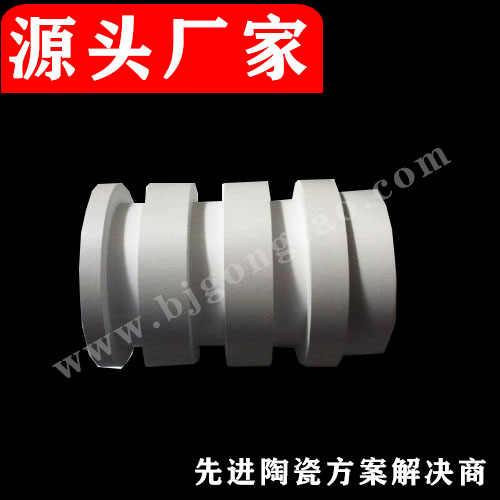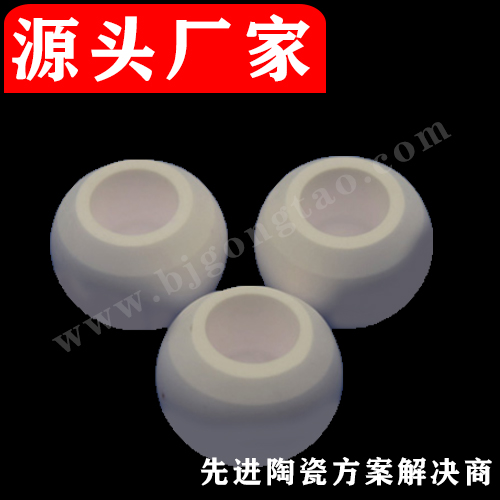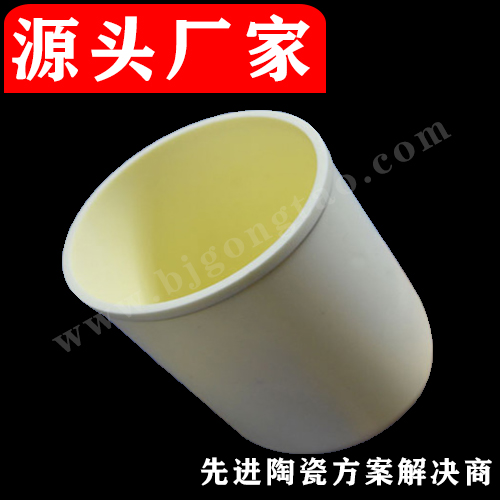
Suzhou Kaifa New Material Technology Co., Ltd.
Email:heqing@szkfxc.com
Email:sales@szbknm.com
Email:bkxc.bonnie@gmail.com
How does the sintering aid "cool" the alumina ceramic?
As we all know, alumina ceramics are well known for their high strength, high hardness, high temperature resistance, corrosion resistance and chemical stability. And raw materials are widely sourced and cheap, and have been widely used in electronics, aviation, machinery, textiles, chemicals, construction and other fields. However, since the melting point of Al2O3 is as high as 2050°C, the sintering temperature of alumina ceramics is also high, which requires a lot of energy consumption and high requirements on equipment. Therefore, it is very important to lower the sintering temperature of alumina ceramics.

At present, there are many methods to reduce the sintering temperature of alumina ceramics, such as reducing the particle size of alumina powder, using a special sintering process, and adding sintering aids.
Due to the need to use different pretreatment processes to reduce the particle size of raw materials, the cost of raw materials is high and the process is complex, and special sintering technology often consumes energy, and some sintering methods are difficult to control the shape of the sintered body. The properties of the obtained alumina ceramics are poor; therefore, compared with other methods, the sintering aid method has the advantages of low cost, good effect and simple process, and the electromechanical properties of alumina ceramics can be greatly improved by doping modification technology. , is the most effective low-temperature sintering method.
The mechanism of action of sintering aids
Sintering is a process in which the raw material powder produces particle cohesion by heating, and through mass migration, the powder body produces strength and leads to densification and recrystallization. The reason why ordinary ceramic powder is difficult to sinter is that its lattice energy is high, the crystal structure is stable, and the particle diffusion requires high activity, that is, the sintering activation energy is large, so a higher temperature is required.
In order to achieve the purpose of promoting sintering, on the one hand, it can be considered to activate the lattice and reduce the activation energy of sintering, which is mainly achieved by doping the destabilized lattice structure, causing defects in the crystal or causing lattice distortion; on the other hand, it can be considered to accelerate diffusion The process is mainly through the generation of a liquid phase in the system, the liquid phase generates particle bonding and fills the pores through the action of surface tension, and at the same time uses the "dissolution-precipitation" mechanism, through the liquid phase mass transfer, so that the dissolved small grains gradually dissolve in the large crystals. The particle surface is deposited to achieve the effect of promoting sintering.
Commonly used sintering aid systems
In actual production, a single additive often cannot meet the requirements of its sintering and electromechanical properties at the same time. Generally, a single additive will reduce the performance of ceramics while reducing the sintering temperature. Additives are more common than using one of these adjuvants alone.
1、CaO-MgO-SiO2体系
Using this system of sintering aids, alumina-based ceramics can be synthesized at about 1500-1550 °C. MgO plays an important role in the fine-grained microstructure of alumina ceramics. MgO can maintain the CaO/SiO2 ratio during sintering, that is, maintain the liquid phase in the sintering system, and has spinel, magnesium aluminum silicate, aluminum A variety of second-phase crystals such as silicate and aluminate are formed, which have a pinning effect on the movement of grain boundaries, which effectively inhibit the growth of grains; at the same time, a small amount of rare earth oxides such as La2O3 and Sm2O3 are introduced to make Al2O3 The sintering temperature of the ceramics decreased by about 30℃, and the surface microstructure was also improved, mainly because La2O3 and Sm2O3 were network denaturing ions, which could decompose the melt network and promote sintering.
2.MnO2-TiO2-MgO体系
By adding MnO2-TiO2-MgO multiphase additive, alumina ceramics with a relative density of 95% can be obtained at 1300 °C, in which MnO2 can promote sintering, and MgO acts as a microstructure stabilizer. Under certain circumstances, adding a small amount of TiO2 can make alumina sintered to obtain good mechanical properties, and adding excess TiO2 will reduce the strength.
3.CuO-TiO2体系
This system additive has good low temperature sintering properties. The study found that when CuO-TiO2 was incorporated, the additive system promoted the sintering of alumina in the form of a liquid phase, and the increase of the additive content helped the densification of alumina ceramics. When CuO:TiO2 was 1:2, the addition amountWhen it is 2wt%, the relative density of 99% can be achieved under pressureless sintering at 1300 ℃, and the activation energy of the alumina sample is 25.2kJ/mol obtained through the sintering kinetics study, indicating that aluminum ions and The diffusion process of oxygen ions controls the sintering of alumina ceramics. After adding SiO2 to this additive, anisotropic grains are formed at 1400℃, which can improve its fracture toughness.





